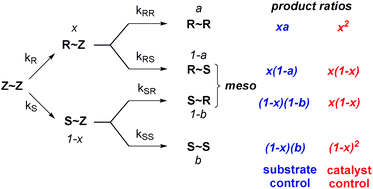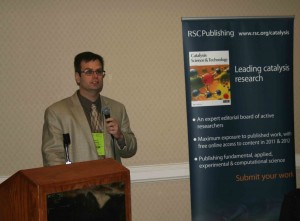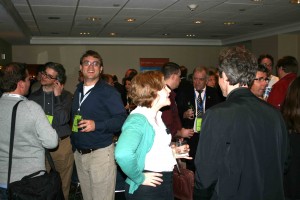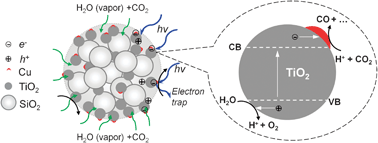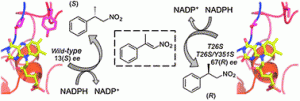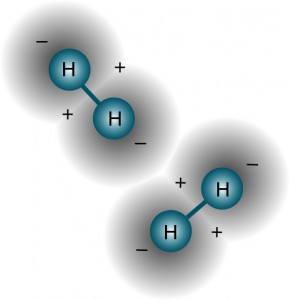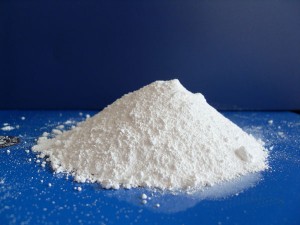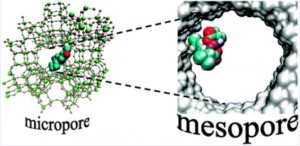The inaugural issue of Catalysis Science & Technology has been published today!
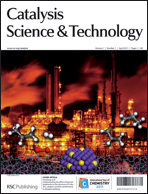
Front Cover by Graham Hutchings
In the editorial in this first issue, the Editors-in-Chief and Managing Editor describe the journal and their aims and aspirations for this new RSC Publication.
‘With today’s society demanding cheaper medicines and changes in resources for energy, bulk and fine chemicals, the contribution of catalysis to meet these challenges will be indispensable. Catalysis Science & Technology will play a key role in communicating these new developments to the community.’ P.van Leeuwen, C. Friend, J. Humphrey, Catal. Sci. Technol., 2011, 1, 11-12.
Issue 1 of Catalysis Science & Technology is now published online and access is free upon registration. This issue includes the following articles:
In their Perspective, Kalluri Ranganath and Frank Glorius highlight the potential application of (superpara) magnetic nanoparticles in asymmetric catalysis. Read the article here.
José Fierro and colleagues discuss the fundamentals and factors influencing the removal of the least reactive sterically hindered S-containing compounds present in transportation fuels. In the second part of their Perspective review they focus on the progress made in alternative process concepts and technologies that are being developed for ultra low sulfur fuel. Find out more here.
Wieslaw Roth and Jiří Čejka discuss two-dimensional zeolites – a promising and exciting area of solid materials research with high practical potential in adsorption and catalysis. Read more about this in the article here.
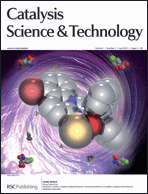
John Fossey's Inside Cover
Make sure you keep up-to-date with the latest issue by signing up for the Catalysis Science & Technology e-alert and newsletter.
And we hope this first issue encourages you to submit your work to Catalysis Science & Technology.
Comments Off on Issue One now online!
